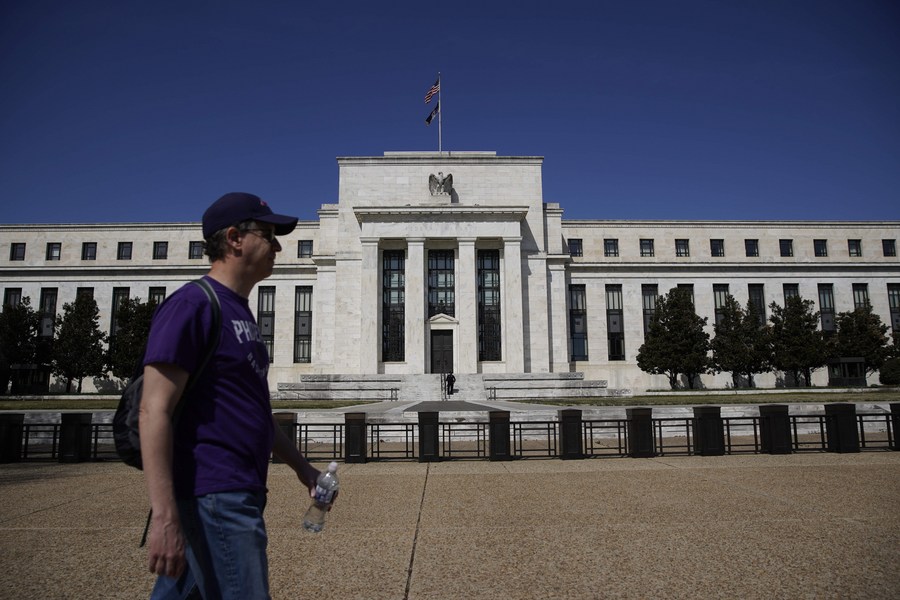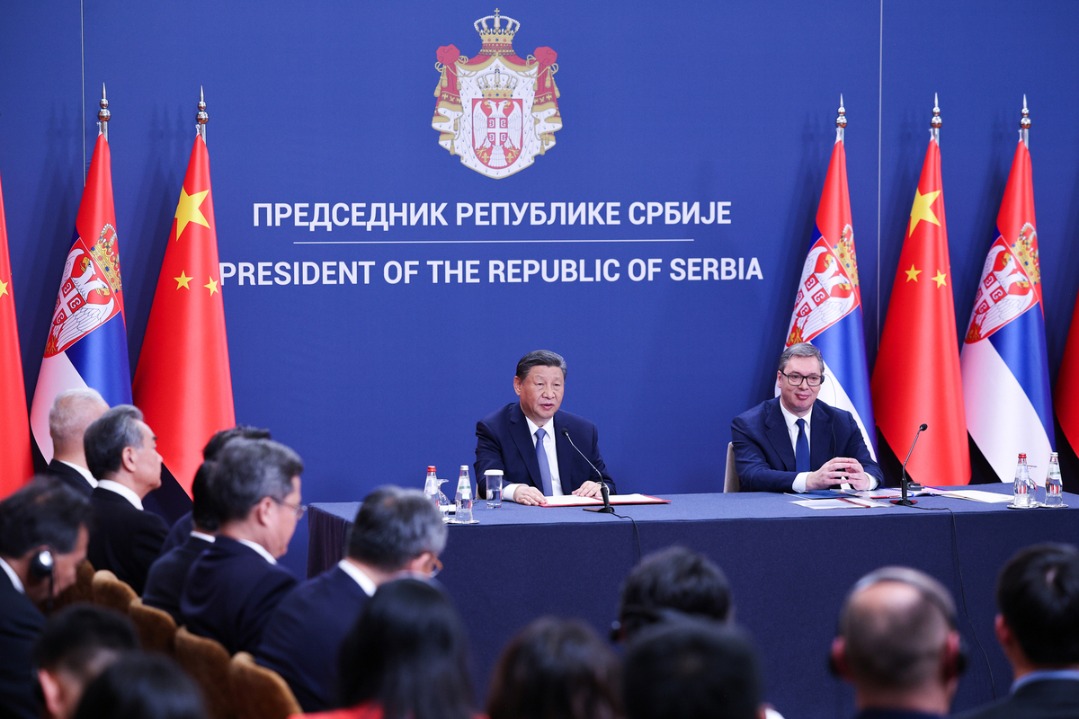Inverted bond yield reveals US' recession risk
China Daily | Updated: 2022-03-31 08:01

The yield on the five-year US Treasury bond has continued to rise above the 30-year yield, the first time the yield curve has inverted since 2006. That sparked fears of a possible recession in the United States economy.
The inverted yield curve-short-term interest rates are higher than long-term rates-is widely seen as a harbinger of slower economic growth, or even a recession.
The Ukraine crisis has also led to expectations of lasting inflation. The US and some of its close allies have frozen the foreign assets of the Russian government, enterprises and private individuals, which increases the political risks associated with the US dollar and euro reserves, leading to a massive sell-off of US and European bonds.
Although the Federal Reserve hopes to realize a soft landing of the US economy, with the emergence of the inverted yield curve, the market believes that the Fed is fighting inflation at the risk of triggering a recession, since the yield curve pattern has a good record of "predicting" recessions, even if the Fed is still trying to ease the market's jitters by paying more attention to managing expectations.
The prosperity of the US economy is based on distorted policies under the impact of the COVID-19 epidemic. The fundamentals of excessive inflation, asset bubbles and the resulting false prosperity cannot sustainably support the upward trend of US bond yields.
US consumers' confidence continued to fall to a 10-year low in late March, with about one-third of consumers expecting their overall financial situation to worsen in the year ahead. Consumption will be squeezed further if rising yields lead to a fall in the stock market, which will in turn reduce the wealth of US households.
As such, the Fed is essentially playing a high-stakes game with the market. The Fed's desire to raise interest rates more than necessary to fight inflation could really panic the markets and pop the bubble.
The market may lose confidence in this game, and all the structural factors leading to recession are difficult to alleviate in the short term and the weakening demand and supply problems will also intensify. This dilemma is the result of the Fed's continuous easing policy.
Given that the world order is undergoing major changes and global geopolitical shocks are still unfolding, the US may face more challenges due to the combination of internal economic uncertainties and external environmental uncertainties, which is also a huge risk for the rest of the world.
The rise in US Treasury bonds yields could lead to capital outflows from China. And weakening demand in the US will also affect China's exports. The emerging market economies should also be wary of possible financial shocks caused by the volatile US economy.
























